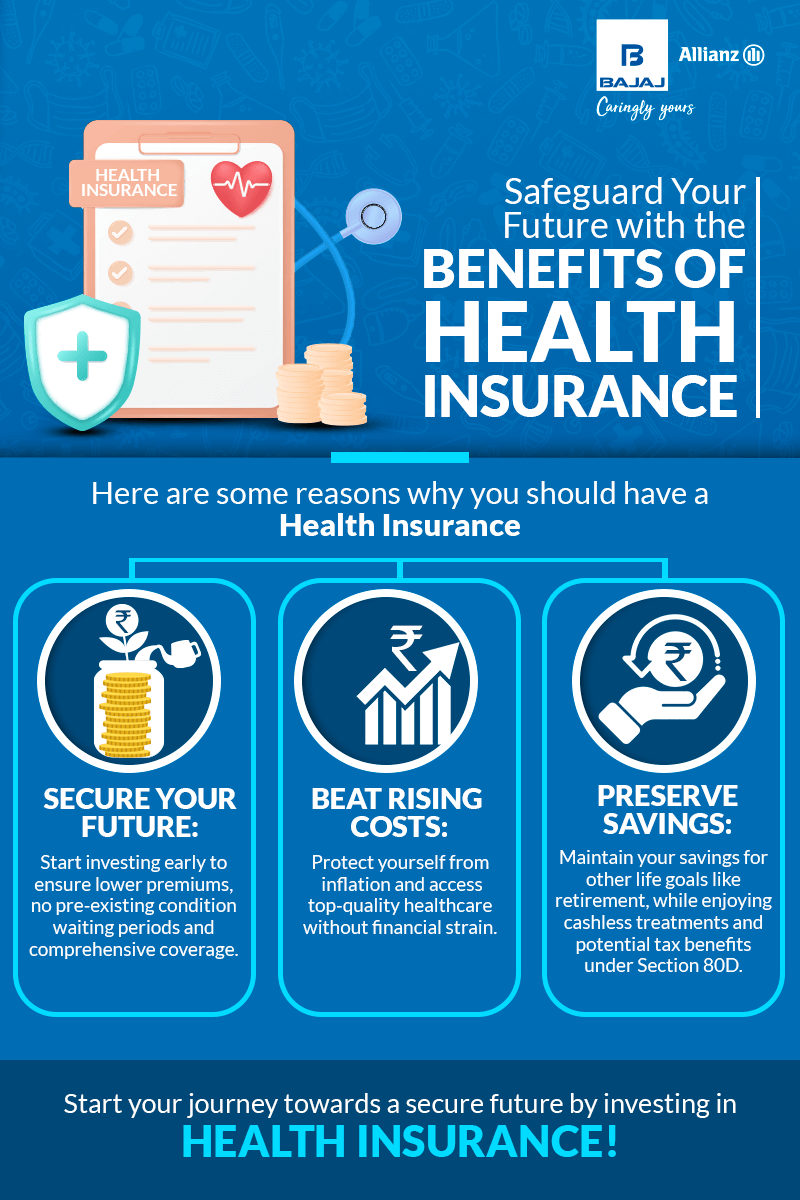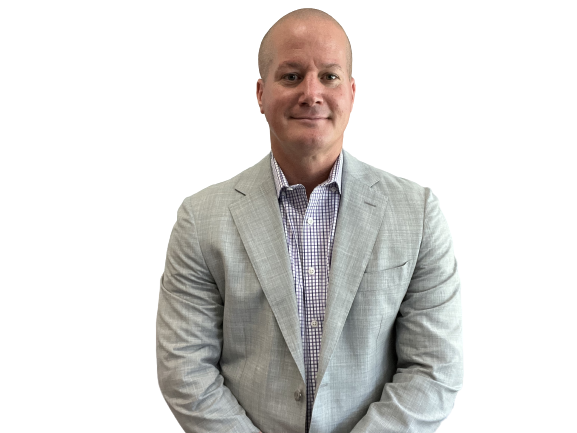The Basic Principles Of Medicare Advantage Agent
The Basic Principles Of Medicare Advantage Agent
Blog Article
The 8-Minute Rule for Medicare Advantage Agent
Table of ContentsThe Single Strategy To Use For Medicare Advantage AgentAll about Medicare Advantage AgentThe Greatest Guide To Medicare Advantage Agent


follows from adheres to the perplexing young reasonably profile of the uninsured with without insurance better healthMuch better on average, standard younger persons. For those without access to work environment wellness insurance, inadequate wellness is a prospective barrier to buying nongroup coverage since such protection may be highly valued, omit pre-existing problems, or be just inaccessible. Unless otherwise kept in mind, nationwide estimates of individuals without wellness insurance coverage and percentages of the populace with different kinds of protection are based on the CPS, the most extensively used source of quotes of insurance policy coverage and uninsurance prices.

The Main Principles Of Medicare Advantage Agent
The connection between wellness insurance policy and access to care is well developed, as documented later on in this phase. The relationship between health insurance coverage and health and wellness outcomes is neither straight neither simple, a substantial clinical and health and wellness services study literature web links health and wellness insurance protection
to improved enhanced accessibility care, better much betterTop quality and improved personal individual population health wellnessCondition The second record, on personal health results for uninsured adults, is stood for by the innermost circle of the number, while the third record, on household well-being, includes the topics of the second record however emphasizes a various device of evaluation, specifically, the family.
Additionally, it concentrates specifically on those without any type of medical insurance for any kind of size of time. The issues encountered by the underinsured remain in some areas comparable to those encountered by the without insurance, although they are generally much less extreme. Uninsurance and underinsurance, nonetheless, include clearly various plan issues, and the strategies for resolving them might vary. Throughout this research study and the five reports to comply with, the primary emphasis is on persons with no medical insurance and therefore no help in spending for healthcare beyond what is readily available via charity and safeguard establishments. Health insurance policy is an effective aspect impacting receipt of treatment due to the fact that both individuals and doctors react to the out-of-pocket cost of services. Health insurance, however, is neither necessary neither enough to get access to medical services. The independent and direct impact of wellness
insurance insurance policy protection access accessibility health wellness solutions well establishedDeveloped Others will certainly acquire the health and wellness care they need also without medical insurance, by spending for it expense or seeking it from companies that provide treatment complimentary or at highly subsidized prices. For still others, medical insurance alone does not make certain receipt of treatment because of other nonfinancial barriers, such as a lack of healthcare companies in their neighborhood, restricted accessibility to transport, illiteracy, or linguistic and cultural differences. Official research concerning uninsured populaces in the USA dates to the late 1920s and very early 1930s click reference when the Committee on the Price of Treatment generated a collection of records concerning funding medical professional workplace visits and hospital stays. This concern became significant as the varieties of clinically indigent climbed up throughout the Great Depression. Empirical studies consistently sustain the web link in between accessibility to care and improved wellness end results(Bindman et al., 1995; Starfield, 1995 ). Having a normal source of care can be considered a predictor of access, instead than a straight step of it, when wellness outcomes are themselves utilized as accessibility indicators. This extension of the notion of accessibility measurement was made by the IOM Board on Monitoring Access to Personal Health Care Solutions(Millman, 1993, p. Whether or not moms and dads are insured shows up to affect whether their youngsters obtain treatment as well as how much careeven if the children themselves have insurance coverage(Hanson, 1998). The health of parents can impact their capability to care for their kids and the degree of household tension. Fretting regarding their youngsters's access to care is itself a source of anxiety for moms and original site dads. Three chapters follow in this report. Chapter 2 provides an overview of exactly how employment-based health insurance coverage, public programs and individual insurance policy policies run and interact to offer substantial but incomplete protection of the united state population. This consists of a review of historic patterns and public policies impacting both public and private insurance coverage, a conversation of the interactions amongst the various types of insurance policy, and an assessment of why individuals move from one program to an additional or wind up

Report this page